
Captain Mark E. Kelly (right) and Captain Scott J. Kelly (left)
U.S. Navy Captain Mark Kelly, Congresswoman Gabby Giffords’ husband, has been by her side since she was tragically shot in Tucson earlier this month. We posted previously about how Captain Kelly, who is a NASA astronaut, went to the United States Merchant Marine Academy at Kings Point, NY.
Captain Mark Kelly has a twin brother, Scott, who is also an astronaut and who also went to a merchant marine academy, the State University of New York Maritime College at Fort Schuyler, only a few miles across the water from Kings Point. The Kelly brothers are the only twins and the only siblings who have both traveled in space. Captain Scott Kelly is currently in space as the commander of the International Space Station. Both brothers each have two children from earlier marriages. Scott is currently divorced. Mark married Congress woman Giffords on November 10, 2007.
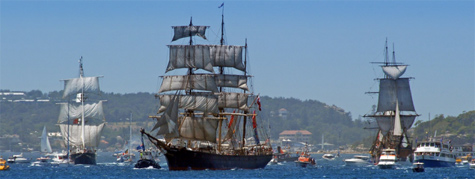


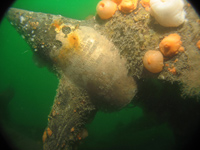






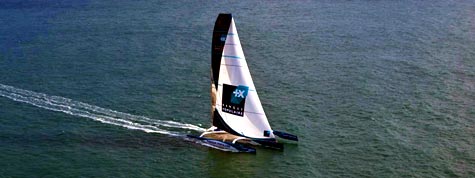
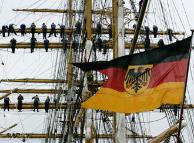 An update on
An update on 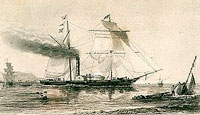
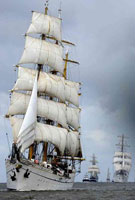 Last November,
Last November, 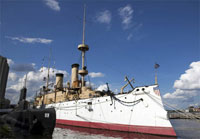 A group of former workers at the Mare Island Naval Shipyard in the San Francisco Bay Area has launched a campaign to bring the USS Olympia to San Pablo Bay. The Olympia, Commodore George Dewey’s flagship at the Battle of Manila Bay, is the only surviving steel warship of its era.
A group of former workers at the Mare Island Naval Shipyard in the San Francisco Bay Area has launched a campaign to bring the USS Olympia to San Pablo Bay. The Olympia, Commodore George Dewey’s flagship at the Battle of Manila Bay, is the only surviving steel warship of its era. Nelson style speed dating? I hope this doesn’t involve boarding with cutlasses.
Nelson style speed dating? I hope this doesn’t involve boarding with cutlasses. As one who is shivering in the snow, I am highly envious of the good folks in San Diego who will be celebrating their 3rd annual
As one who is shivering in the snow, I am highly envious of the good folks in San Diego who will be celebrating their 3rd annual 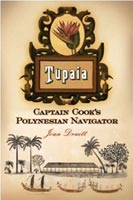
 This story is a few days old, but remains strange and disturbing. The Dutch coaster Leopard, carrying a cargo of weapons, was reported to have been hijacked by pirates in the Indian Ocean off the coast of Oman last week, but when a Turkish naval vessel located the ship, there was no sign of the crew of six, nor of the pirates. A hijacked Taiwanese owned fishing vessel, believed to be being used as a pirate mother ship, was observed heading towards Somalia. There is speculation that the crew was aboard the hijacked fishing vessel. There is also concern that the crew, two Danes and four Filipinos, may have been killed. The Leopard was carrying a cargo of arms but was apparently abandoned by the pirates, leaving the arms cargo untouched.
This story is a few days old, but remains strange and disturbing. The Dutch coaster Leopard, carrying a cargo of weapons, was reported to have been hijacked by pirates in the Indian Ocean off the coast of Oman last week, but when a Turkish naval vessel located the ship, there was no sign of the crew of six, nor of the pirates. A hijacked Taiwanese owned fishing vessel, believed to be being used as a pirate mother ship, was observed heading towards Somalia. There is speculation that the crew was aboard the hijacked fishing vessel. There is also concern that the crew, two Danes and four Filipinos, may have been killed. The Leopard was carrying a cargo of arms but was apparently abandoned by the pirates, leaving the arms cargo untouched. Grim news. Late Saturday night, the wooden vessel Hasan Reis in the Mediterranean, carrying over 260 passengers, reported to be illegal immigrants from Afghanistan, began to leak in heavy seas and subsequently sank. The Dutch ship
Grim news. Late Saturday night, the wooden vessel Hasan Reis in the Mediterranean, carrying over 260 passengers, reported to be illegal immigrants from Afghanistan, began to leak in heavy seas and subsequently sank. The Dutch ship